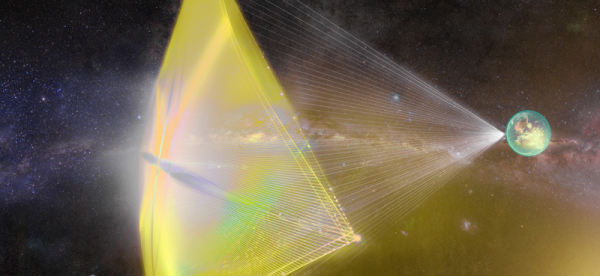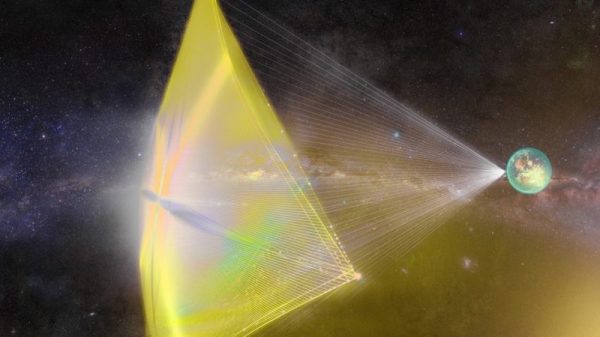NASA’s ACS3 (Advanced Composite Solar Sail System) is currently fully deployed in low Earth orbit, and stargazers can spot it if they know what to look for. It’s actually one of the brightest things in the night sky. When the conditions are right, anyway.

What conditions are those? Orientation, mostly. ACS3 is currently tumbling across the sky while NASA takes measurements about how it acts and moves. Once that’s done, the spacecraft will be stabilized. For now, it means that visibility depends on the ACS’s orientation relative to someone on the ground. At it’s brightest, it appears as bright as Sirius, the brightest star in the night sky.
ACS3 is part of NASA’s analysis and testing of solar sail technology for use in future missions. Solar sails represent a way of using reflected photons (from sunlight, but also possibly from a giant laser) for propulsion.
This perhaps doesn’t have much in the way of raw energy compared to traditional thrusters, but offers low cost and high efficiency (not to mention considerably lower complexity and weight) compared to propellant-based solutions. That makes it very worth investigating. Solar sail technology aims to send a probe to Alpha Centauri within the next twenty years.
Want to try to spot ACS3 with your own eyes? There’s a NASA app that can alert you to sighting opportunities in your local time and region, and even guide you toward the right region of the sky to look. Check it out!














